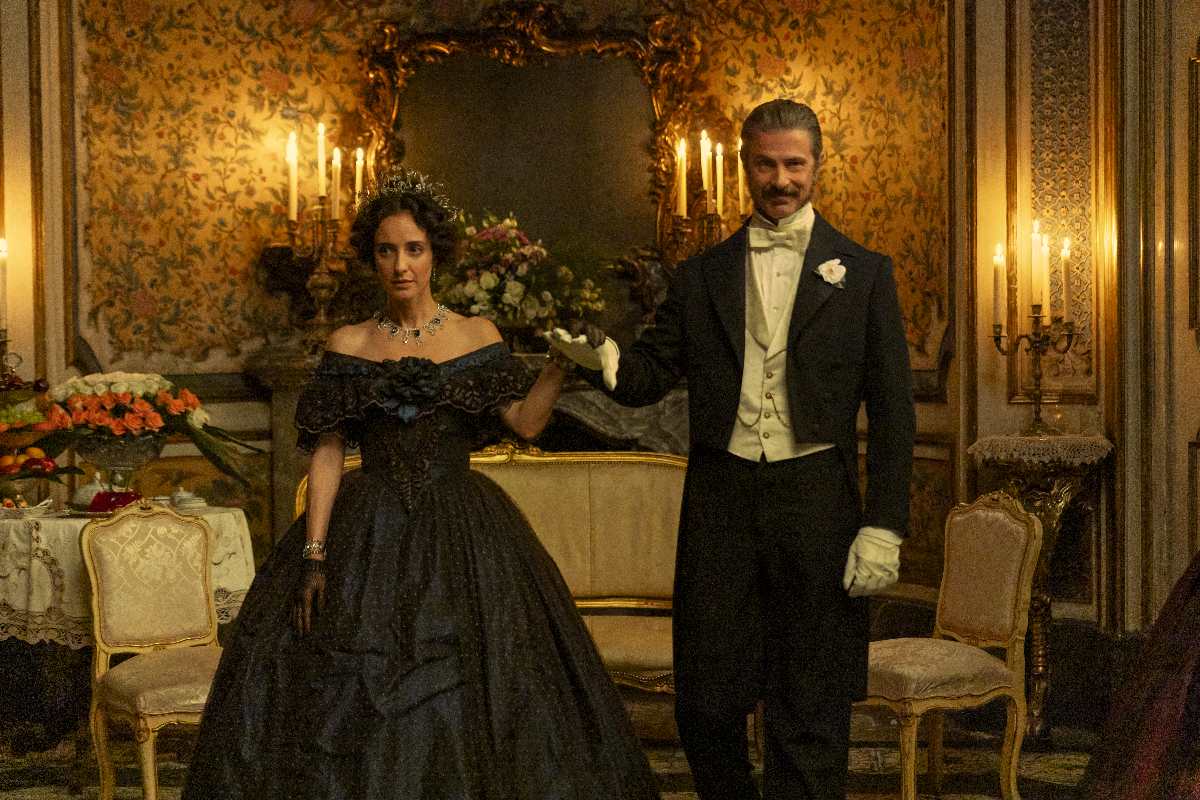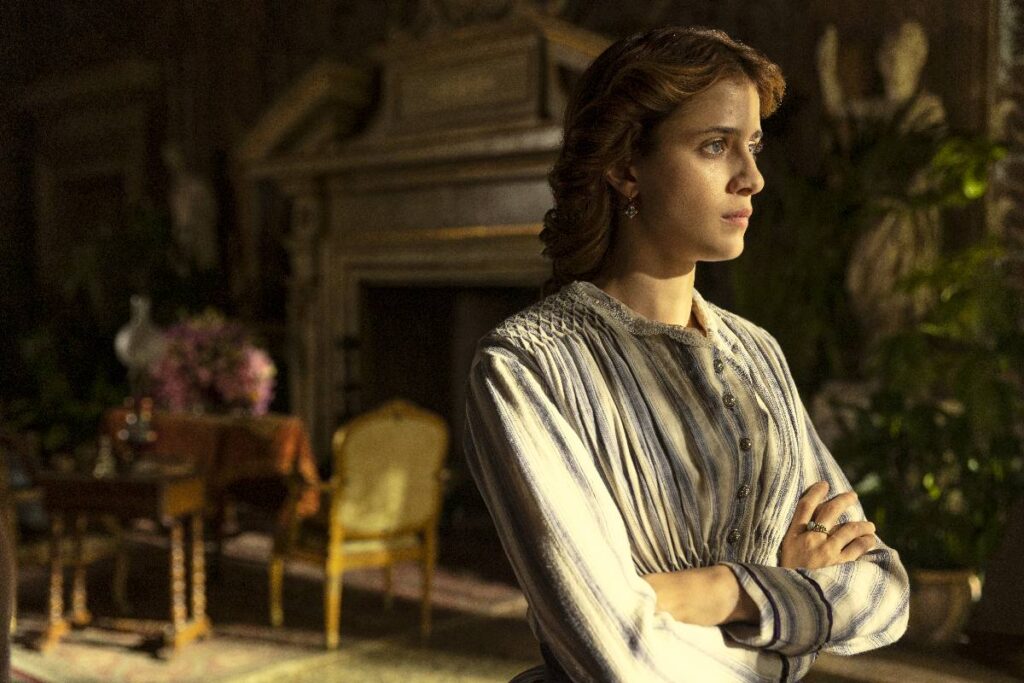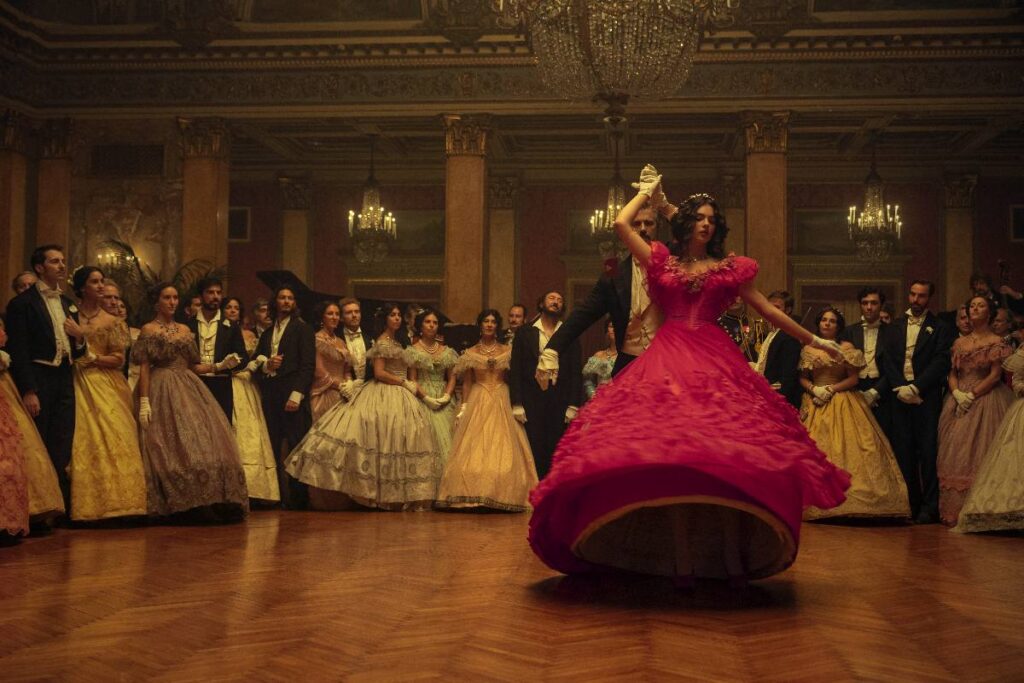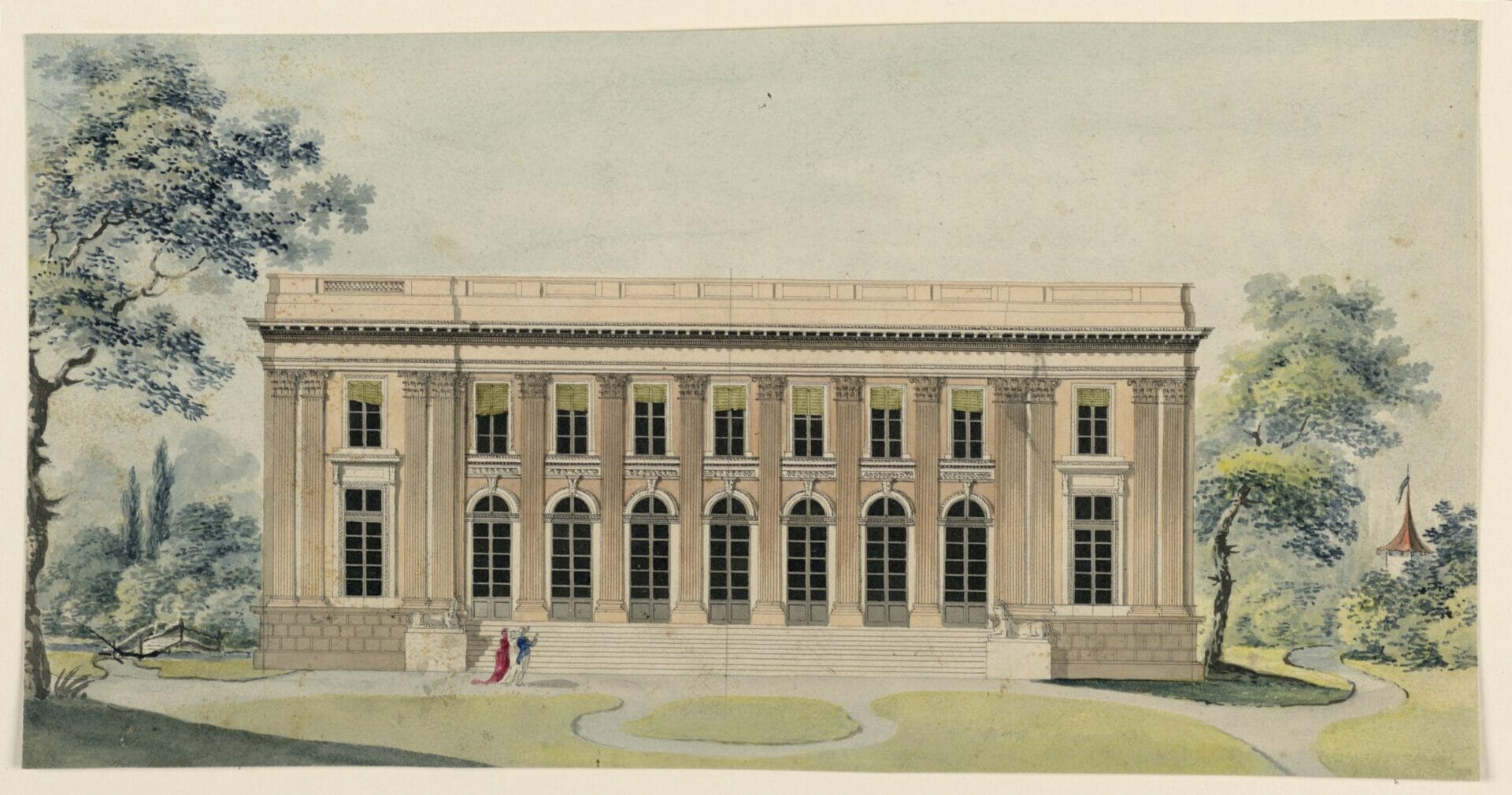
Netflix's Adaptation of The Leopard | The Birth of Nation, the Death of a Dynasty
Creator
Year
Seasons
Runtime
Genre
Music by
Prince Fabrizio of Salina, named The Leopard (Kim Rossi Stuart), is the patriarch of an aristocratic Sicilian family. His conduct is guided by a strong Catholic morality and a conservative mindset, both in politics and in his family. But history seems to have different intentions: a man called Giuseppe Garibaldi, with an army of a thousand men, will change Italy forever.
Netflix released the show on March 5, 2025, after a long advertising campaign. The plot is based on Giuseppe Tomasi di Lampedusa‘s novel of the same title, published in 1958. It’s the second screen adaptation after Luchino Visconti‘s famous 1963 movie. The main narrative follows the saga of the Salina family throughout Italy during the year of its union, depicting the fall of a dynasty as a metaphor for the change in society.
Everything has to change…
Italy, 1860. Garibaldi is leading his army of redshirts to create a unified nation out of multiple reigns. However, in Sicily, old traditions persist, especially at the manor of Prince Fabrizio di Salina, who maintains control of his estate through the respect he commands from the peasants. He’s the Leopard, chief of a dynasty meant to rule society: they don’t need a stranger king, nor other laws. The Prince lives a luxurious life with his wife, Astrid Meloni, and their children. The oldest of them, Concetta (Benedetta Porcaroli), stays in a cloister, preparing for being ordained. The arrival of her charming cousin Tancredi (Saul Nanni) confuses her faith, and she returns home aspiring to marry him.
The Prince, though, doesn’t look very kindly on the union. Tancredi is his pupil; nevertheless, he has a much more progressive view and has just enrolled with the redshirts. Unlike his uncle, he strongly believes in the necessity of significant social and political change. Moreover, although he initially gives hope to Concetta, he soon directs his glance elsewhere. He can’t resist Angelica (Deva Cassel), the wonderful and seductive daughter of Don Calogero Sedara (Francesco Colella). He is a man striving to gain a leading role, but also a representative of a new social order. Yet, the Prince can’t forbid the marriage: Concetta goes back to the cloister in her pain, and the first step of the revolution arrives in Sicily.

… For anything remains the same
The show is a family saga with similarities to Gabriel García Márquez’s One Hundred Years of Solitude. Angelica, as Remedios, resembles an angel emerging from the light: an unforgettable woman whose mere presence influences the actions of others. Moreover, there are numerous political and romantic intrigues, secret affairs, and nuns with a fragile vocation. But above all, the rise (and subsequent decline) that the Leopard dynasty faces finds commonalities with the Buendìa family, whose end also reflects society’s fate.
Tomasi di Lampedusa’s source of inspiration for his novel was his family history, particularly that of his great-grandfather. He aimed to talk about his present, referring to his region’s past, and to express the Sicilians’ inability to evolve due to their pride. Yet, his characters are deep and multifaceted, rich in ambition, motivation, and emotion. A richness that unfortunately doesn’t come through in Netflix’s adaptation: characters seem incapable of any change, yet are also fixed in a role they have to play, with far less depth.
The show depicts a precise portrait of a divided nation, torn apart by revolution and social injustice. Garibaldi’s ascent, aimed at uniting the different states into which Italy was divided at the time, highlights the differences between their people. The historical social order that the Leopard and his dynasty represent crumbles before the emergence of new political ideas. For an instant, even the mafia’s omertà seems to surrender to the social revolution, but it’s only a while before a new protector arrives.

The warm photography of a historical essay
The iconic era of Italian Risorgimento is reconstructed through careful attention to cinematography and prop details. To avoid any comparison to Visconti’s movie, production designer Demitri Capuani opted for using different locations. In an interview with Variety, he declared he and cinematographer Nicolaj Brüel took inspiration from the landscapes of Sicilian painter Francesco Lojacono. Lunar lands inhabited by poor farmers contrast with he lavish palaces where the Leopard lives. Yet, a warm and limpid light embraces both, keeping the narrative between reality and myth.
If the score encourages involvement (especially the diegetic music that envelops elegant balls), the sound design keeps the link with the historical content. The Thousand of Garibaldi appear in the first scene, a wide shot that shows them marching through the land, and are later often evoked by the sound of their steps.
The same attention reserved for sound and cinematography is paid to costumes and hairstyle design. Costume designer Carlo Poggioli affirmed that, especially for female characters, he sought a palette that was true to the historical period, but also reflected their diverse personalities. Moreover, style details aim to create a connection to modern-day reality so that the show doesn’t appear too old-fashioned.
I knew that I had to be true to the novel and at the same time that I could make a departure from Visconti’s aesthetic, by giving it more lightness and maybe a bit more truth.
Carlo Poggioli interviewed for Variety

The difference from the original novel
If the production put great care into the historical reconstruction, the same can’t be said about the plot adaptation. Many facts differ from those in Tomasi’s The Leopard, insofar as some storylines are created for the show. Starting from the celebrated scene of the ball between Angelica and the Prince, which doesn’t take place during the girl’s debut at his court, but long after she marries Tancredi. At the same time, the Prince’s attitude to his tenant farmers is much more mafia-style than intended by the original author.
But the primary differences concern Concetta and the relationship with her father and Tancredi. The Leopard never involves her in his reflection, as she is a woman and politics is a man’s business. Tancredi never has an affair with her, nor does she think of becoming a nun. Additionally, she never turns against her father’s words; her rebellion in the show is a feminist demonstration far from her historical period, which seems to be created to convey modern ideas.
All these differences ultimately create a significant distance between the original author’s intention and the narrative context. Despite its technical level, Netflix’s The Leopard fails to achieve full involvement. The excessive search for today’s theme and successes (such as crime stories and female emancipation) leads the show far from its original path. The result is a narrative that stands in a middle ground between period drama and social commentary, without a strong identity.
Ultimately, the Prince’s tragic end underscores the morality of the entire story: everything must change, for nothing remains the same. Even after an ancient power crumbles, nothing changes in the social order, above all in a land ruled by the code of silence, stuck in a destiny its inhabitants do not aspire to improve. Therefore, no character can evolve and become a better version of itself.
The Leopard dynasty has to fall, for a new nation can be born. For an instant of hope, before anything remains as it always was.
Tag
Buy a ☕ for Hypercritic









